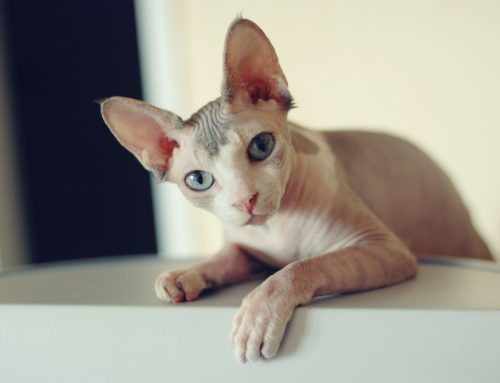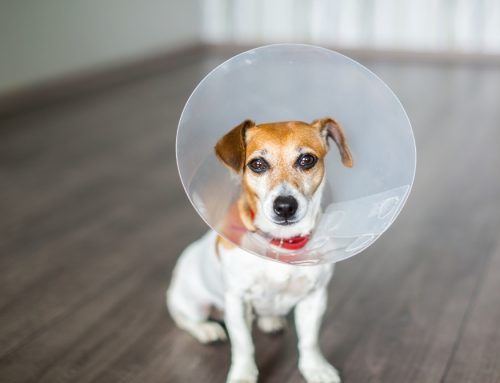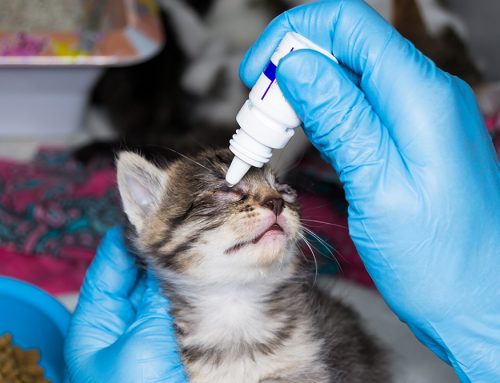What is Third Eyelid Protrusion?
Third eyelid protrusion, also known as “prolapsed nictitating membrane” or “cherry eye,” occurs when the third eyelid, which is usually not visible, becomes prominent or protrudes from the corner of the eye. This condition can affect both dogs and cats and is often noticeable as a red or pink mass in the corner of the eye, near the nose.
Causes
Several factors can contribute to the protrusion of the third eyelid, including:
- Genetic Predisposition: Certain breeds, such as Bulldogs, Cocker Spaniels, and Shih Tzus, are more prone to this condition due to hereditary factors.
- Inflammation: Infections or inflammation of the eye or surrounding tissues can lead to the protrusion of the third eyelid.
- Trauma: Injuries to the eye or surrounding area can cause swelling or displacement of the third eyelid.
- Other Underlying Health Issues: Conditions like conjunctivitis or allergies may contribute to the problem.
Symptoms
Common signs of third eyelid protrusion include:
- Visible third eyelid mass in the corner of the eye
- Redness or swelling of the eye area
- Discharge or excessive tearing
- Rubbing or scratching at the eye
- Sensitivity to light
Diagnosis
A veterinarian will perform a thorough eye examination to diagnose third eyelid protrusion. This may involve checking for signs of inflammation, infection, or other underlying conditions. In some cases, additional tests may be needed to determine the cause of the protrusion.
Treatment
Treatment for third eyelid protrusion depends on the underlying cause:
- Medications: Anti-inflammatory or antibiotic eye drops or ointments may be prescribed to reduce inflammation and treat any infections.
- Surgical Intervention: In some cases, especially with persistent or severe protrusion, surgical correction may be necessary to reposition or repair the third eyelid.
- Management of Underlying Conditions: Addressing any contributing health issues, such as allergies or infections, is crucial for effective treatment.
Prevention and Care
While some causes of third eyelid protrusion cannot be prevented, maintaining good eye health and seeking prompt veterinary care can help manage and reduce the risk of complications. Regular eye check-ups and addressing any signs of eye discomfort early can make a significant difference in your pet’s well-being.
When to Seek Help
If you notice any changes in your pet’s eyes, including the appearance of the third eyelid, it is important to seek veterinary care. Prompt attention can help prevent further complications and ensure your pet receives the appropriate treatment.
Contact Us
For more information or to schedule a visit, please contact Mission Veterinary Clinic:
Location:
16915 San Fernando Mission
BlvdGranada Hills, CA 91344
Phone Number:
818-363-8143
Website:
missionvet.com
Hours:
We are open 9am until 11pm, 7 days a week. We operate on a walk-in basis and do not take appointments.
Feel free to reach out if you have any questions or need assistance with your pet’s eye health.










Leave A Comment